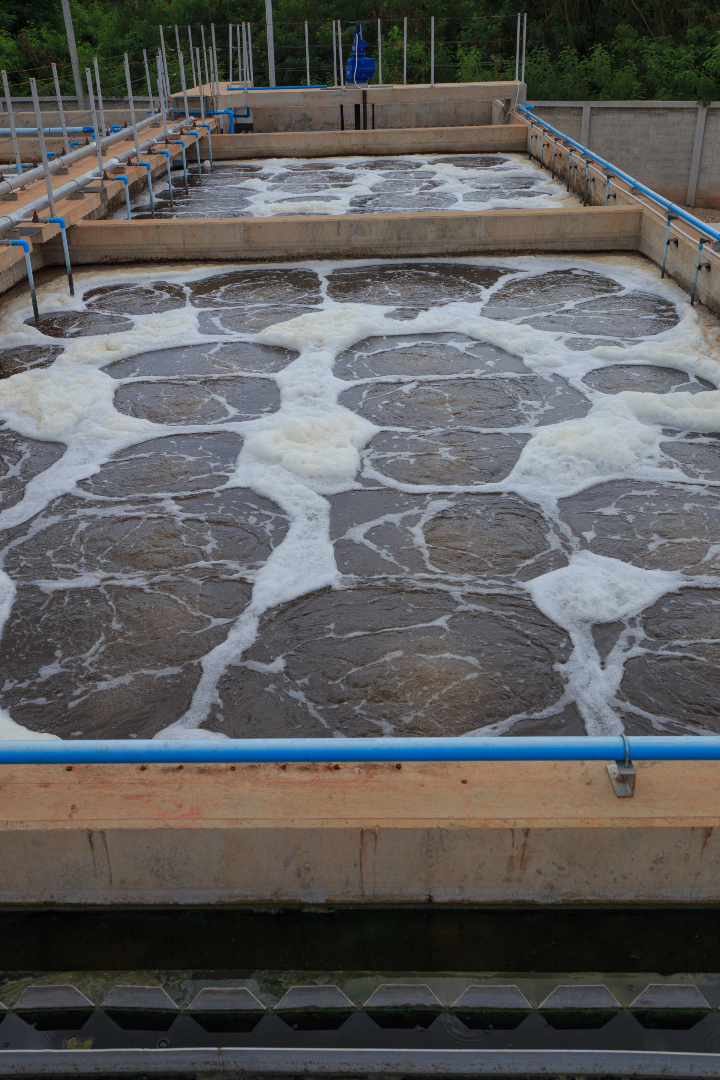
UC Berkeley launched pop-up lab to monitor Bay Area sewage for COVID-19
On Oct. 29, 2020, the University of California, Berkeley (UC Berkeley) announced that it had launched a new high-throughput pop-up lab – a temporary 1200-square-foot lab, rapidly set up in an empty research space in Hildebrand Hall – that, in conjunction with UC Berkeley and wastewater utilities and public health agencies from throughout the Bay Area, monitored the region’s wastewater for the virus.
Monitoring wastewater from a city, neighborhood or building is an efficient way to keep track of whether COVID-19 is spreading there. It also has the potential to provide an early warning for a potential outbreak, as evidence suggests that the virus can start to shed in an infected individual’s feces even before the person starts to experience symptoms.
Working with municipalities around the Bay Area, the team has identified sewersheds to monitor, each an area of land where all the sewers flow to a single pipe or station where samples can be collected. The sewersheds they are currently monitoring represent the waste of a few thousand to several hundred thousand people, Nelson said.
Through its COVID-WEB (COVID wastewater epidemiology for the Bay Area) project, the lab can currently process approximately 30 samples a week for 11 agencies, and the team plans to scale up to as many as 200 samples a week by the end of the year to meet the growing demand from regional public health agencies.
The COVID-WEB team has partnered with a number of Bay Area utilities, including the San Francisco Public Utilities Commission (SFPUC), to form a regional working group that helps coordinate when, where and how to gather wastewater samples for COVID-19 testing.
Tags:
Source: University of California, Berkeley
Credit:
